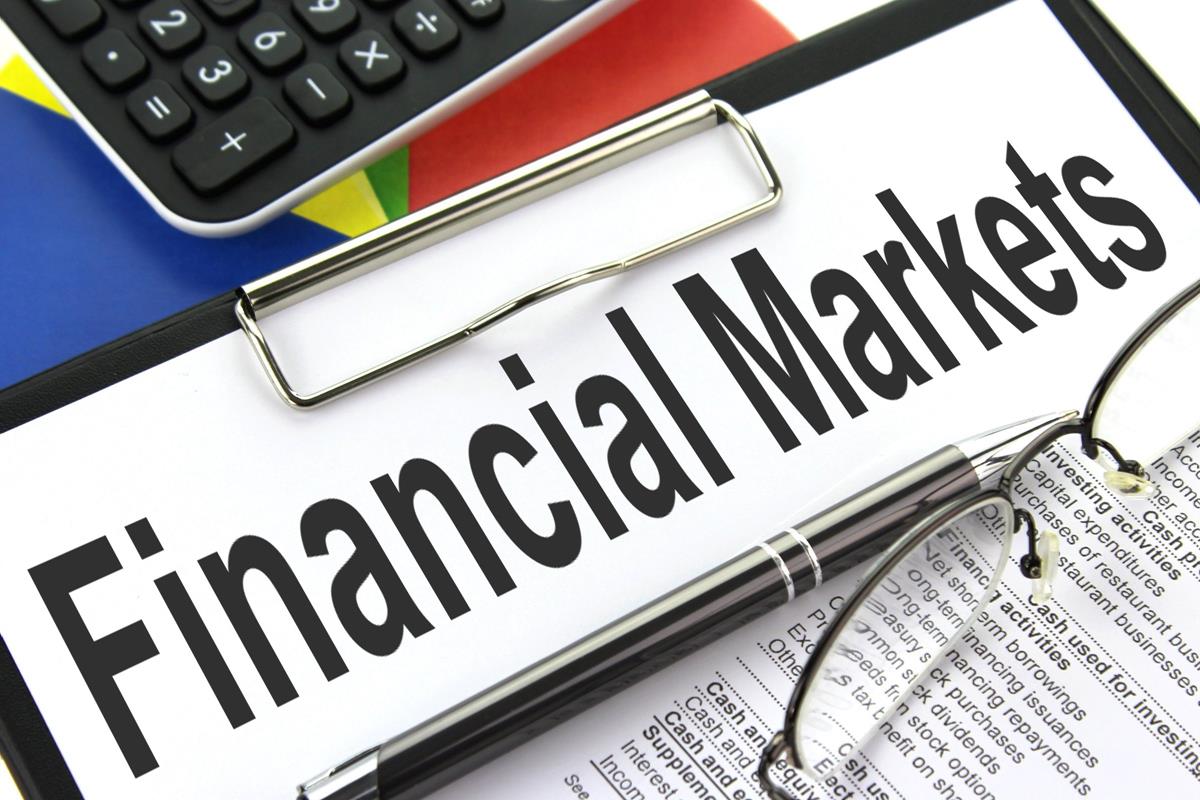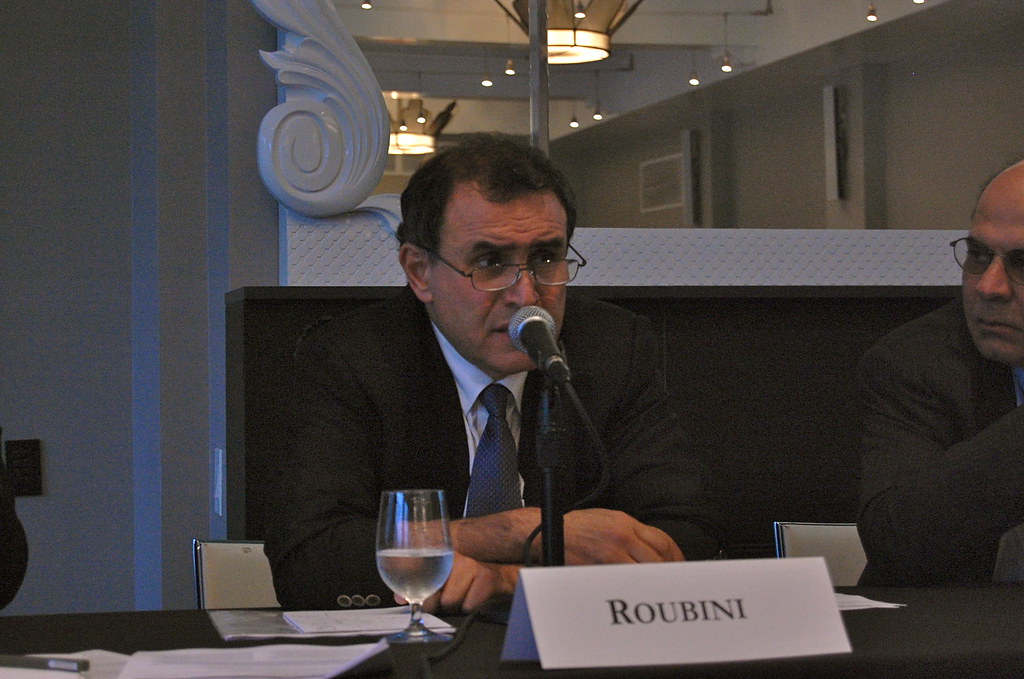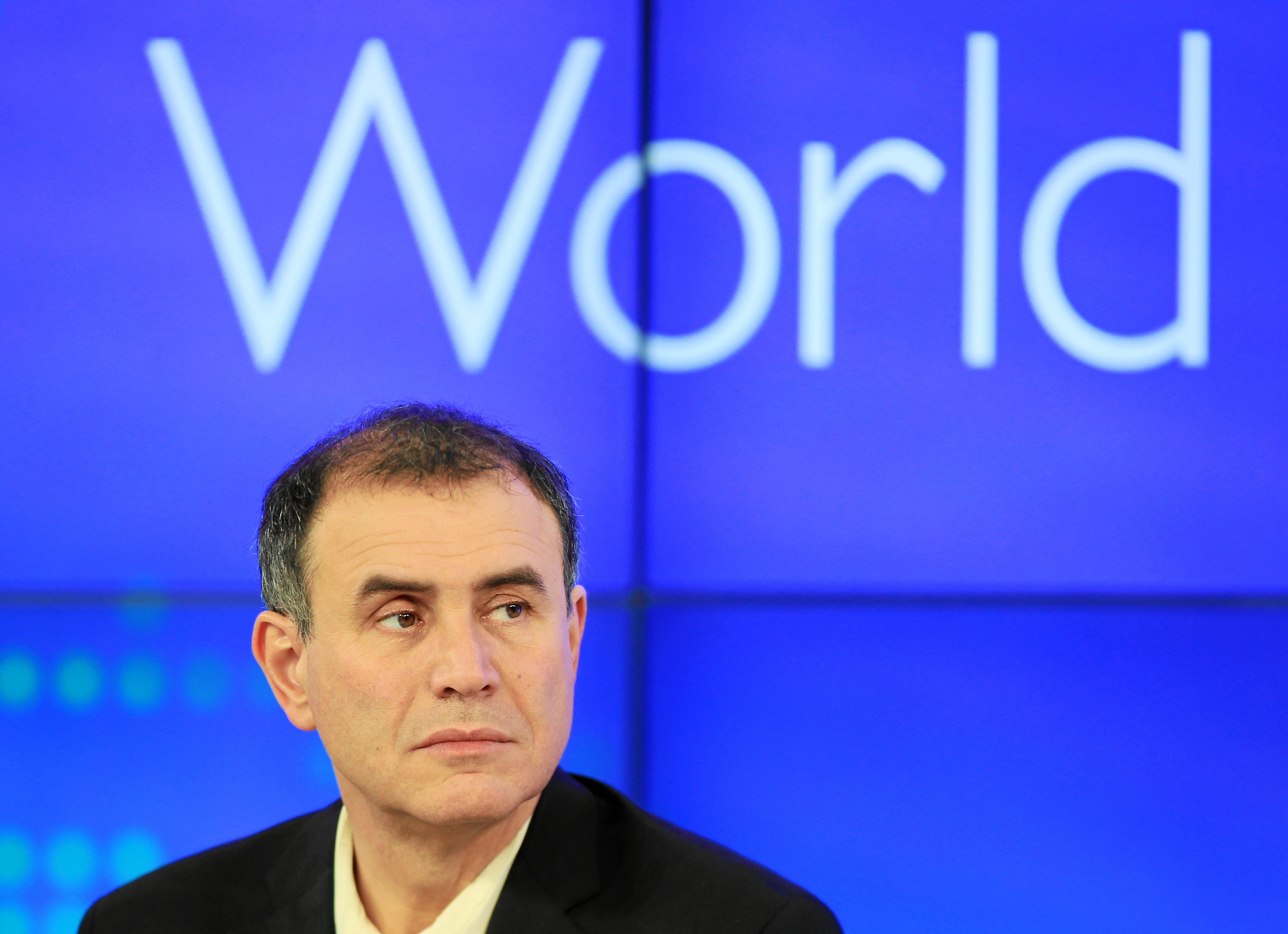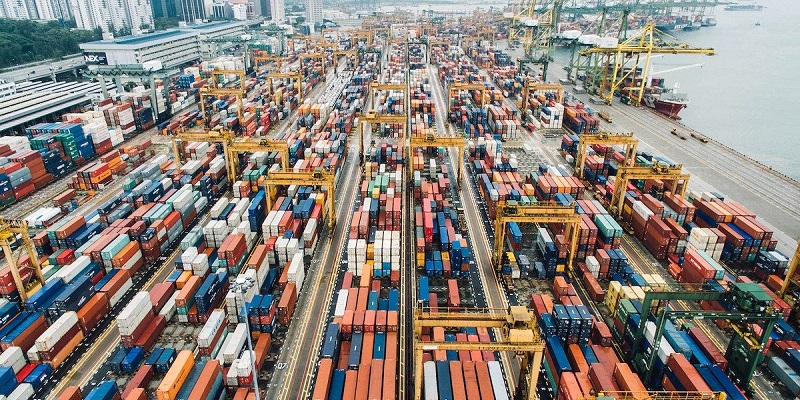
Dr. Doom’s Crash Warning: Recession Scenarios and Stock Market Decline Projections
Nouriel Roubini, known widely as “Dr. Doom” for his consistently pessimistic—and often accurate—economic forecasts, has painted a stark picture for investors looking ahead. The professor emeritus at New York University’s Stern School of Business and CEO of Roubini Macro Associates, who notably foresaw the 2008 U.S. housing bust and subsequent Great Financial Crisis, has been vocal throughout 2022 about the inevitability of a U.S. recession and the global stagflationary debt crisis that he believes will follow.
Speaking recently, Roubini elaborated on the potential impact of these looming economic headwinds on the stock market, reiterating his calls for a significant downturn in the S&P 500 index. This comes despite the index’s recent recovery from its low point in October. His analysis suggests that even a mild economic contraction could trigger substantial declines.
He outlined specific scenarios for the S&P 500. In the event of a “short and shallow recession,” Roubini anticipates a typical peak-to-trough fall of 30% for the index. This implies that even under milder conditions, there could be “another 15% leg down” from current levels, he told Bloomberg.
However, the potential downside increases if the recession proves to be more severe, though not reaching the catastrophic levels of the Great Financial Crisis. In such a scenario, Roubini warned, investors could face “another 25% downside potentially.” These figures underscore the significant risks he perceives for equity markets.

Debt Time Bomb: Zombie Firms, Rate Hikes, and Credit Market Turbulence
Roubini pointed to credit markets as the likely first indicators of the coming recession, specifically highlighting the debt held by what he terms “zombies.” These are defined as companies burdened by excessive debt loads and reliant on business models that are fundamentally unsustainable.
The economist projects that the Federal Reserve will likely be compelled to raise interest rates to a level as high as 6% in its battle against inflation. Such a move, he argues, would push many of these zombie companies “into distress.”
Amplifying this concern, Roubini stated that if the economy enters a recession, numerous institutions will experience “significant increases in debt servicing ratios.” This surge in debt costs is expected to lead to considerable turbulence in credit markets, particularly as many zombie entities are already considered “effectively insolvent.”
Supporting the prevalence of these vulnerable firms, previous reporting has cited Goldman Sachs estimating that approximately 13% of U.S.-based companies “could be considered” zombies. Furthermore, New Constructs CEO David Trainer suggests that there are now roughly 300 publicly traded zombie companies operating.

In a recent Project Syndicate op-ed, Roubini declared that the era of the “financial Dawn of the Dead” has ended due to the Fed’s commitment to fighting inflation. However, he added in his Bloomberg interview that this era persisted for an unnecessarily long duration.
He explained that zombie companies were effectively shielded during the COVID crisis, not collapsing as might be expected, but instead benefiting from near-zero interest rates and quantitative easing. This latter policy involved the Fed’s purchase of assets like mortgage-backed securities and government bonds aimed at stimulating lending and investment throughout the economy.
Roubini recounted that even “Before the COVID crisis, the Fed was writing financial stability reports saying their worry was about the corporate sector.” Yet, paradoxically, during the crisis, “those institutions, those corporations, not only didn’t go bust, but they were bailed out…and they borrowed even more.”

The scale of debt globally has ballooned over the past two decades. Private- and public-sector debt combined as a share of global gross domestic product has surged dramatically, rising from 200% in 1999 to a staggering 350% by 2021.
The United States has not been immune to this trend. According to data from the Federal Reserve, nonfinancial corporate debt in the U.S. reached a record $12.5 trillion in the second quarter of this year, illustrating the considerable leverage present in the corporate sector.
In his new book, *MegaThreats: 10 Dangerous Trends That Imperil Our Future, and How to Survive Them*, Roubini expands on the potential for a widespread debt crisis. He argues that record levels of public and private debt, coupled with rising interest rates, will become unsustainable.
Read more about: Navigating the New Economic Reality: What Tariffs Mean for Your Wallet and What to Buy Now

The Polycrisis Web: Trade Wars, Policy Uncertainties, and Systemic Risks
This confluence of factors, he warns, could trigger a global crisis unprecedented in recent history. As he starkly put it in his Project Syndicate op-ed, “The mother of all stagflationary debt crises can be postponed, not avoided.”
Roubini frames the current economic environment as a “polycrisis,” or in his own words, an “unusual, unexpected, unprecedented uncertain” period. This complex backdrop involves a litany of interconnected challenges impacting financial markets.
These “megathreats” include factors such as the resurgence of political figures like Trump, the complex debate surrounding climate change responses, the unresolved issue of containing surging fiscal deficits, and the structural challenges confronting the Chinese economy. Geopolitical tensions in the Middle East and Ukraine further compound the uncertainty.

Despite the multitude of these crises, Roubini suggests that recognizing them allows for preparation, and not every piece of news is uniformly negative. He recently shared his perspective at the UBS Australasia Conference, offering insights into how these global trends might intersect with regional economies.
One significant factor Roubini addressed is the potential re-election of Donald Trump and his stated “Tariff Man” approach. This policy stance is expected to make the economic interaction between major global players significantly more complicated.
Roubini highlighted Trump’s stated intentions to impose substantial tariffs, including 60% on Chinese goods and 10-20% on imports from all other nations, even traditional allies. Such measures are central to his forecast for increased global economic friction.

He detailed the potential chain reactions stemming from these policies. If we have massive tariffs and trade wars, if we see massive restrictions to migration, if we have budget deficits that are unfunded, and if we see central banks that are less independent,” Roubini warned, “that will have a significant impact on economic growth over time.”
Other factors Roubini cited as contributing to the current precarious situation include the prolonged era of zero-interest rates which encouraged excessive borrowing, and the complexities introduced by hyperglobalisation.
Regarding currency markets, Roubini forecasts that the U.S. Dollar is likely “going to remain stronger because the US [economy] is going above potential.” He also suggested the Federal Reserve might tolerate slightly higher inflation, noting, “The Fed is going to accept slightly higher than 2% inflation because they don’t want to kill the recovery.”
However, he views potential U.S. policy shifts as creating risk for other regions. The policies of Trump are going to be a risk for Europe, for Asia, and for Australia,” Roubini added, suggesting that these regions may see more aggressive interest rate cuts from their central banks compared to the U.S. Federal Reserve.

Should these radical economic policy shifts lead to persistent high inflation and unsustainable government deficits, Roubini believes markets will eventually force a correction. He anticipates that market forces, specifically bond vigilantes, could compel a policy reversal towards more moderate economic approaches.
Eventually, the stock market is going to correct and the bond vigilantes will force him to make a policy reversal and go towards a much more moderate economic policy,” Roubini said. He sees a silver lining in this dynamic, suggesting that “if nothing else, market discipline can put some discipline on the more erratic and unorthodox economic beliefs.
The state of government spending, often referred to as the “fiscal deficit” or “fiscal cliff,” is another area of significant vulnerability for markets, according to Roubini. He noted that key policy proposals, such as making first-era tax cuts permanent, could lead to a substantial increase in this deficit.
Read more about: Inside the Debate Shaping British Business: WFH, Innovation, and the Future of Engineering Talent

Roubini projects that such policies could cause the deficit to “explode above US$2 trillion,” which would likely cause bond yields to “go through the roof.” He explained the interplay with political priorities, stating that some political figures care about both the bond market (desiring cheap borrowing costs) and the stock market (seeing it as a signal of economic success).
Related posts:
‘Dr. Doom’ Nouriel Roubini says a severe recession will cause stocks to drop 25% and zombie companies are in danger
Dr Doom: How Nouriel Roubini is thinking about markets in a ‘polycrisis’
Most Well-Known Economists Got It Wrong In 2023, Here’s Why



